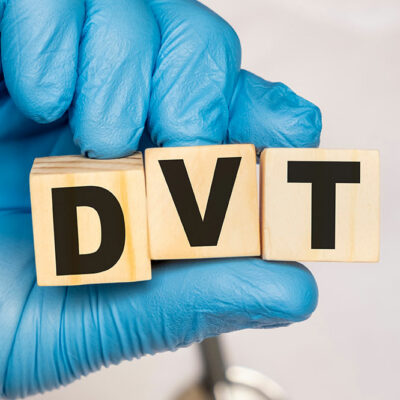
5 Things to Know About Breast Cancer and Genetic Testing
Breast cancer starts when the cells begin to divide and grow abnormally. As cells contain genes that tell them how to grow and control their functioning, it is to be understood that if you have had someone in the family with breast cancer, you are genetically prone to be in the high-risk category of breast cancer. Genetic testing is done for breast cancer looks for mutations in the BRCA1 and BRCA2 genes.
1. The purpose of genetic testing for cancer
Genetic testing involves examining your DNA, the chemical database that carries instructions for your bodily functions. It can reveal mutations in your genes that may be the foreseeable cause of cancer. Genetic testing identifies changes in genes, chromosomes, or proteins. These tests are performed on a small sample of blood, hair, skin, amniotic fluids, or other tissues to collect samples of cells sent to labs to check for signs of mutations that can cause breast cancer.
2. Starting of breast cancer
Altered genes cause cells to function in an abnormal way, which may be the start of cancer. Altered genes can be:
- Inherited altered genes that are passed down from one parent
- Acquired altered genes are a combination of things like getting older, environmental and lifestyle factors.
3. Inherited altered genes
Gene carriers are people who have inherited an altered gene who will be at a higher risk of developing cancer of the breast and possibly ovarian cancer. Around 10% of women who have breast cancer have an inherited altered gene. The most common inherited altered genes are BRCA1 (Breast Cancer 1) and BRCA2 (Breast Cancer 2). Another rarer gene called TP53 (tumor protein p53) also increases the risk of being affected by breast cancer, though it is rarer than BRCA1 and BRCA2.
4. The methods of genetic testing
Genetic testing stage one consists of a full-screen diagnostic test to find out if one of the known altered genes is running in your family genes. The genetic test is done by taking a blood sample and testing it in a laboratory where the DNA is tested for the known altered genes. The result from these tests is available for two or three months. If an altered gene is found, then a predictive genetic test is done. A predictive genetic test, also called a targeted genetic test, is the second stage of genetic testing, and it usually takes about three to four weeks for results.
5. Risks of your children inheriting the cancer gene
If you are tested positive for breast cancer and have children, there is a 50% chance that your children may have inherited the altered gene. It is better to inform them about your illness and also the repercussions and the fact that they may be at risk in the future. The risk of inheriting the gene is the same for a boy or a girl child. Talk to them openly about the problem. Please encourage them to take a test once they are 18 years old.


